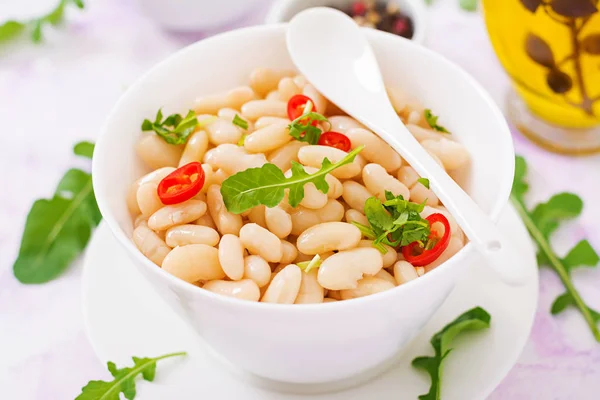Regular legume intake has shown improves cardiometabolic risk factors among older adults. Legumes are a type of plant-based food that includes beans, lentils, peas, and chickpeas.
Legume consumption has been linked to a lower risk of cardiovascular disease (CVD) and some CVD-related factors, such as high blood pressure, inflammation, and oxidative stress.
A recent study published in Nutrients investigated the link between legume consumption and cardiometabolic risk factors (CMR) in older farmers. As chronic health conditions become increasingly common among this population, researchers focused on South Africa, where hypertension is prevalent and diets tend to be less diverse.
It was found that legume intake was inversely associated with both all-cause mortality and CVD mortality in a cohort of 10,449 diabetics.
The Problem
- Older farmers often skip meals due to work demands, leading to compromised health.
- Hypertension is widespread, impacting income, work, and well-being.
- Unbalanced diets lacking in protein, fiber, and minerals contribute to health issues.
This study tested a food and nutrition program promoting legumes, rich in nutrients with proven health benefits, among older farmers with existing CMR factors.
Farmers were divided into two groups: an education group (EG) and a control group (CG).
EG farmers received training on growing and eating legumes, aiming for 125g per serving three to five times a week for 12 weeks. The CG maintained their regular diet.
Both groups were monitored for anthropometric data, blood samples, and dietary intake before and after the intervention.
The Results
- EG farmers significantly increased their legume intake and improved blood pressure, glucose, and cholesterol levels.
- Diastolic blood pressure remained lower in the EG compared to the CG.
- Overall nutrient adequacy and legume diversity scores rose in the EG.
- Hyperglycemia rates dropped significantly in the EG.
The Takeaway
- Integrating legumes into the diets of older farmers can improve CMR factors like blood pressure, blood sugar, and cholesterol.
- Sustainable legume production and consumption programs in farming communities can contribute to better health and well-being.
- This study suggests legumes can be a valuable tool for achieving sustainable development goals related to health and nutrition.
Legume intake recommended for older adults
According to the available literature, there is no specific recommendation for the amount of legume intake for older adults. However, regular consumption of legumes has been associated with improved cardiometabolic risk factors and a lower risk of cardiovascular disease. In one study, participants reported a mean intake of 57.9 g/d of legumes, and habitual legume consumption was assessed with a validated diet history.
Another study found that the legume food group showed a 7-8% reduction in mortality hazard ratio for every 20g increase.
Therefore, it is recommended to include legumes as part of a healthy and balanced diet. The amount of legume intake may vary depending on individual dietary needs and preferences.
what are some potential risks of consuming too much legumes for older adults?
The potential risks of consuming too many legumes for older adults are not extensively documented in the available search results. However, it’s important to note that legumes contain compounds such as lectins and phytates, which can inhibit nutrient absorption and cause digestive issues in some individuals when consumed in large quantities. These antinutrients can be reduced by soaking, sprouting, or cooking the legumes. Additionally, some individuals may experience flatulence or digestive discomfort due to the high fiber content of legumes. Therefore, older adults should consume legumes as part of a balanced diet and consider individual tolerance and preparation methods to minimize any potential adverse effects. Further research may be needed to fully understand the potential risks of excessive legume consumption in older adults. Study source
ALSO READ: Lifetime Musical Engagement Boosts Brainpower in Later Life









